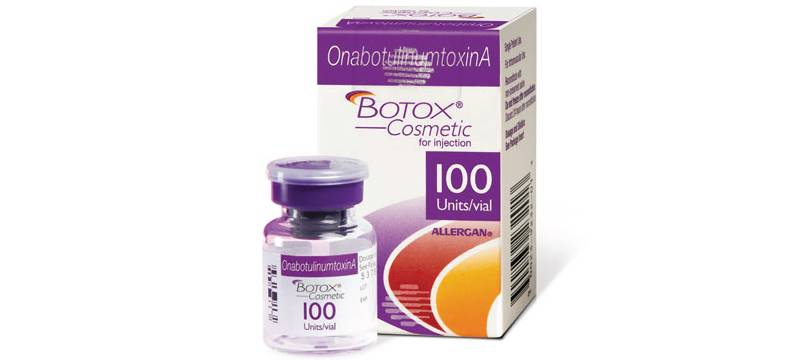7 Botox Myths Dispelled

Botox is perhaps one of the greatest (and most commercially accepted) cosmetic advancements of the 20th century. This neurotoxin transforms aged faces by relaxing the facial muscles that cause wrinkles and creases.
However, even after gaining worldwide fandom as the ultimate wrinkle reducer, several completely untrue myths surrounding Botox persist.
Here is the truth behind seven inaccurate myths regarding Botox:
Myth 1: Botox can be used anywhere on the face.
In regards to facial aesthetics, Botox serves a very specific purpose: it addresses wrinkles and lines on the glabellar (wrinkles between the eyebrows known as frown lines) and crow’s feet (can also be used off-label on the forehead and neck). If you are looking to address facial volume (fuller lips, mid-face volume, etc.) Botox is not the right choice. For these instances, a dermal filler (Juvederm or Voluma) would be the procedure of choice.
Myth 2: Botox has immediate effects.
Botox works by relaxing nerves that cause muscle movement (and wrinkles). Generally, it starts working in three to five days. It takes seven to ten days for Botox to fully set and provide the final result.
Myth 3: People that work out a lot need more Botox.
Your workout routine (or non-workout routine) does not dictate how much Botox you’ll need. Factors including the thickness of the muscle, facial characteristics, genetics, and long-term sun exposure levels will play larger roles in determining how much Botox will be required to achieve your desired results.
Myth 4: It’s not possible to become immune to Botox.
It is very rare, yet possible, for users to develop immunity to Botox. After undergoing repeat injections, these individuals begin to form antibodies that prevent Botox from working. However, it may be possible to reduce the creation of antibodies by elongating treatment intervals.
Myth 5: Botox is botulinum.
While Botox is derived from botulinum, it’s an isolated segment of the bacteria (onabotulinumtoxinA). It is actually the protein derivative that is used in manufacturing the cosmetic Botox. Patients do not have to worry about the potential of botulism.
Myth 6: If you undergo plastic surgery you’ll never need Botox.
Cosmetic surgery procedures like facelift or brow lift address loose muscle, skin, and tissue. Botox works to relax the muscles that cause wrinkle formations from expressions. You may still benefit from Botox to achieve your final desired result. Most doctors recommend continuing with Botox even if you’ve had surgery. Botox is often recommend post Blephoplasty for the crow’s feet to help the surgical scars heal flat with out having tension on the suture line.
Myth 7: Botox doesn’t work well for heavy forehead lines.
While it’s an “off-label” use (i.e., not approved by the FDA), Botox can work well in smoothing out deep forehead lines. However, because the muscle in that area is dense it could take multiple treatments before really smoothing the lines.

Great post…this was very helpful. I thought some of these myths were true so now I’m going to do more research